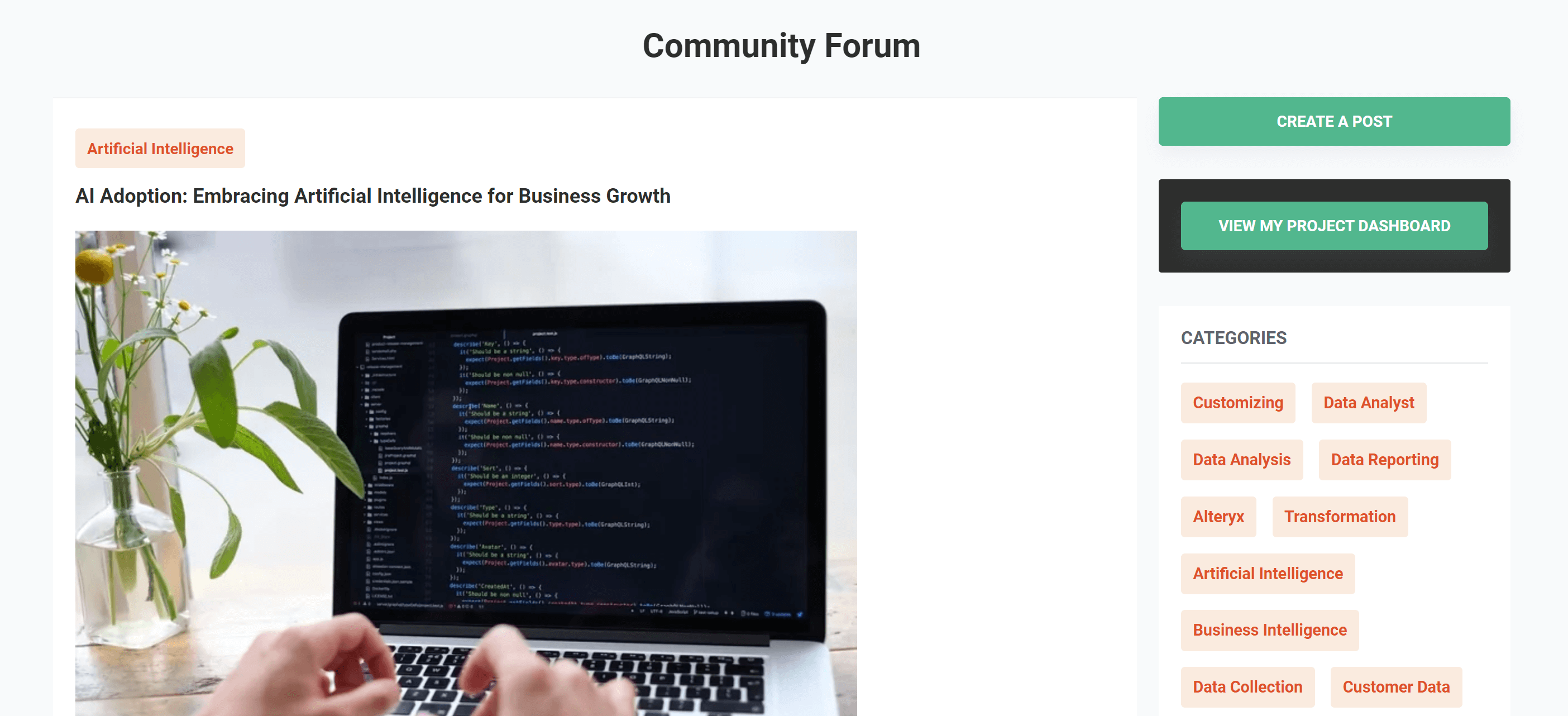The Top Data Analytics Trends Shaping 2024 and Beyond

Table of content
What is Data Analytics?
Understanding Data Analytics Trends
Top Trends in Data Analytics for 2024
Conclusion
In today’s fast-paced business environment, data is becoming an indispensable asset, influencing how organizations operate and make decisions. The evolution of data analytics, driven by advancements in Data Science, Big Data, and Artificial Intelligence (AI), is at the forefront of this transformation. As companies increasingly adopt data-driven strategies to optimize their operations, the data analytics industry is witnessing unprecedented growth. This article delves into the latest data analytics trends that are revolutionizing the industry, offering insights into how these trends can help organizations navigate the complexities of the modern business landscape.
What is Data Analytics?
Data analytics serves as a sophisticated detective for organizations, leveraging technology to deeply explore data—whether it’s website traffic, customer feedback, or sales metrics. By uncovering hidden patterns and trends, data analytics enables businesses to solve problems, make informed decisions, and predict future outcomes. Imagine it as a crystal ball that provides valuable insights into customer behavior, enhances products and services, and helps companies stay ahead of their competitors.
Understanding Data Analytics Trends
Data analytics trends represent the latest advancements and updates in the field, similar to how new features are added to software applications to enhance their functionality. These trends reflect the continuous improvement and innovation in data analytics, offering smarter and more efficient ways to process and utilize data. Staying informed about these trends is crucial for businesses aiming to make data-driven decisions and maintain a competitive edge.
Top trends in data analytics for 2024
1. Smarter and Scalable Artificial Intelligence
The COVID-19 pandemic has fundamentally altered the business landscape, rendering historical data less relevant. In response, newer, scalable AI and Machine Learning (ML) techniques have emerged that can work effectively with smaller datasets. These advanced AI systems are more adaptable, privacy-conscious, and provide quicker returns on investment. Combining AI with Big Data allows for the automation of many manual tasks, streamlining operations and enhancing efficiency.
2. Agile and Composable Data & Analytics
The rise of agile and composable data analytics models is enabling organizations to drive digital innovation and growth. These models focus on providing a seamless, flexible experience through a combination of data analytics, AI, and ML solutions. By fostering collaboration and improving productivity, agile analytics help businesses connect insights with actions, ultimately enhancing their analytics capabilities.
3. Hybrid Cloud Solutions and Cloud Computing
Hybrid cloud solutions are becoming a major trend in data analytics for 2024. These solutions combine the cost-effectiveness of public clouds with the security of private clouds, offering a balanced approach to data management. With the integration of AI and ML, hybrid clouds provide centralized databases, enhanced security, and scalability at a more affordable cost. This trend reflects a shift towards more versatile and efficient cloud computing models.
4. Data Fabric
Data fabric is a powerful architectural framework designed to standardize data management practices across hybrid multi-cloud environments. As data complexity increases, organizations are turning to data fabric for its ability to integrate various data styles and technologies. This framework reduces design, deployment, and maintenance time, making data management more efficient. By 2026, data fabric is expected to become a key component of Infrastructure as a Service (IaaS) platforms.
5. Edge Computing for Faster Analysis
Edge computing is gaining traction in 2024 as it brings data processing closer to its source, such as smart devices or sensors. Instead of transmitting data to a central location, edge computing analyzes it locally, speeding up the process and enhancing data security. This trend is becoming increasingly important as businesses seek faster and more reliable ways to gain insights and make decisions.
6. Augmented Analytics
Augmented Analytics is transforming the field of business analytics by leveraging Natural Language Processing (NLP), Machine Learning, and AI. This approach automates and enhances data analytics, making it easier to prepare, process, and derive insights from data. Augmented Analytics simplifies business processes by integrating both internal and external data, effectively performing tasks traditionally handled by data scientists.
7. The Decline of Predefined Dashboards
Predefined static dashboards are becoming obsolete as businesses seek more interactive and user-friendly solutions. The limitations of traditional dashboards—such as lack of interactivity and high maintenance costs—are prompting a shift towards dynamic Business Intelligence (BI) tools. These modern tools offer customized insights tailored to user needs, delivered directly to their point of consumption.
8. XOps
XOps, an extension of DevOps, is becoming increasingly important in the realm of business transformation. By combining development and operations practices, XOps aims to improve business efficiency and customer experiences through best practices. It focuses on ensuring reliability, reusability, and scalability, helping organizations reduce technology duplication and enhance operational agility.
9. Engineered Decision Intelligence
Engineered Decision Intelligence is gaining prominence as it enhances decision-making capabilities within organizations. This approach combines traditional analytics with AI and complex adaptive systems to provide valuable insights for business actions. Far from replacing human decision-makers, engineered decision intelligence augments their capabilities, enabling more informed and strategic choices.
10. Data Visualization
Data Visualization remains a crucial component of the analytics process, offering a means to interpret complex data through visual representations such as charts, graphs, and maps. This trend highlights the growing importance of presenting data in visually interactive formats, making it easier for businesses to understand and act on information. As the human brain processes visuals more effectively, data visualization is a key tool for predicting future trends and making informed decisions.
Conclusion
The data analytics trends for 2024 are set to transform how organizations leverage their data. From the advancements in AI and agile analytics to the rise of hybrid cloud solutions and the increasing significance of data visualization, these trends offer new opportunities for businesses to gain insights and make strategic decisions. By staying updated on these developments, organizations can navigate the evolving data landscape, drive innovation, and maintain a competitive advantage in the digital age.
Get your data results fast and accelerate your business performance with the insights you need today.



